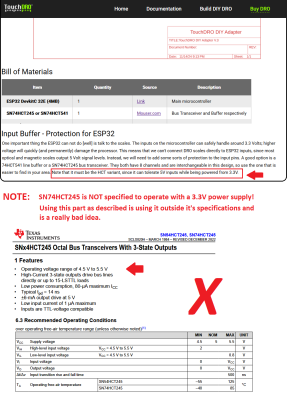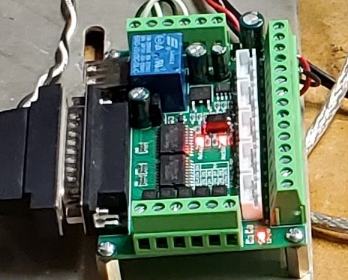mickeyf
Ultra Member
Great suggestions @Arbutus
But... 10 boards, 10 different people, does that mean 10 stencils, or pass one around? There may be 4 or 5 here on the Island that could share? If I get back into making electronics then a re-flow oven would definitely be a thing, but this may be a one-off for me, so hand soldering is probably it. Unless there's a simple hand solderable toaster oven controller project to recommend 😀
And yes, larger SMDs unless there is a valid requirement for the smaller ones only makes sense.
But... 10 boards, 10 different people, does that mean 10 stencils, or pass one around? There may be 4 or 5 here on the Island that could share? If I get back into making electronics then a re-flow oven would definitely be a thing, but this may be a one-off for me, so hand soldering is probably it. Unless there's a simple hand solderable toaster oven controller project to recommend 😀
And yes, larger SMDs unless there is a valid requirement for the smaller ones only makes sense.



